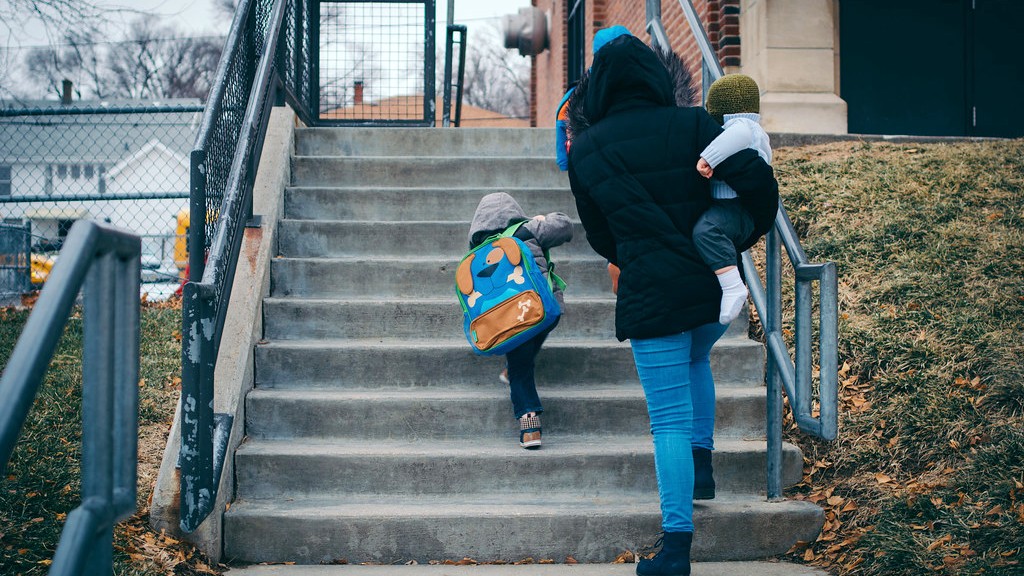Why Student Absences May Spike This School Year
While extensive COVID quarantines are ending, some fear that student absences will spike this year, here's why.

Chronic absenteeism was a major issue in public schools last year. Many districts across the United States reported major upticks in the number of students missing over 10% of the school year. In some areas, nearly half of schools’ student population were missing a serious amount of school days. This year, many suspected this finding would shrink, as extensive COVID protocols dwindle. But to the contrary, some experts fear that student absences will only spike, here’s why.
As the COVID virus continues to mutate, its severity has waned. However, some health experts warn that COVID — directly and indirectly — might have a major effect on student absences this year. Younger children who spent their toddlerhood at home are at greater risk of getting sick because of a lack of immunity against common colds. Low COVID vaccination rates among children mean that while they may not get as sick to the virus itself, they could miss more school from the virus’ lingering effect. Additionally, a rise in families that are hesitant to vaccinate their children for other illnesses like measles and polio could lead to more outbreaks this school year.
Children that are exposed to common colds and viruses at a young age are more likely to develop a stronger immune system. They also are less likely to become severely sick from these ailments later in life. Because of this, elementary schools may see entire classrooms of young children out for student absences at a time.
Kindergartners especially are less likely to have caught respiratory viruses and common bugs over the last few years amid mask mandates and social distancing. This means that heading into a new school year, these students are going to be more susceptible to catching and spreading illnesses throughout the entire classroom, as little ones’ immune systems haven’t built up as many antibodies to ward the sickness off. For the youngest age group, student absences may be a common factor throughout this school year.
COVID vaccination rates may also lead to an increase in student absences during the 2022-2023 school year. Parents of small children are hesitant to get their younglings vaccinated against the virus. Just about 37% of children aged five to 11 have received an initial dose of the immunization. This doesn’t necessarily mean those unvaccinated are more prone to miss school because of complications coming down with COVID, but symptoms of the illness can cause them to miss school later on.
Studies show that even those with mild cases of COVID can suffer from an inhibited immune system. According to a report from EdWeek, children diagnosed with COVID are at increased risk of developing illnesses later on such as respiratory syncytial virus (RSV). RSV can quickly spread through schools like wildfire and increase the rates of student absences.

On top of COVID immunization reluctance, more families are opting not to get their children vaccinated against things like polio, measles, and pertussis than ever before. Vaccines for these illnesses have been approved for decades, but the growing concerns against the COVID vaccine have increased the number of parents refusing to give their children any jabs. This may lead to an uptick in school outbreaks of diseases like measles, again possibly increasing student absences.
While these concerns come with scientific affirmation, there is no telling whether student absences will truly spike this school year. Despite that, absenteeism has become a major concern, as children perpetually fall behind in academics. Keeping kids in the classroom is now a priority, but if these hypotheses hold true, this year may prove as hard as ever to keep kids healthy and learning.



